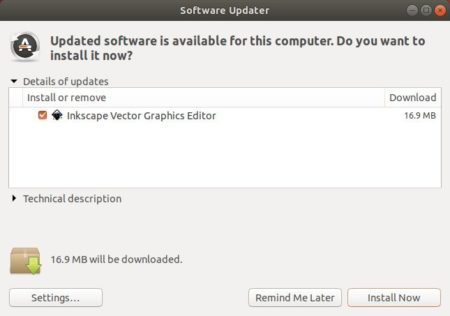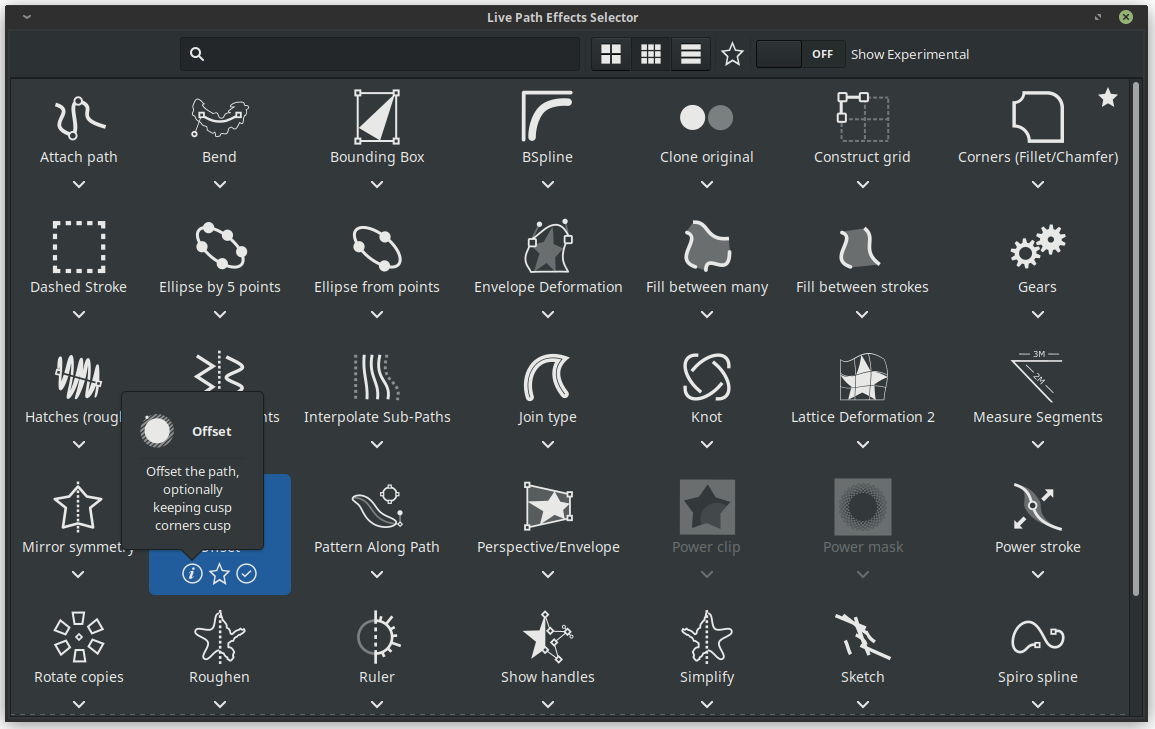

I have seven bots running at the moment, tweeting things like art assignments, “would you rather?” questions, and links from a 1995 “internet directory” book. The Raspberry Pi can be used for lots of cool projects, but because it’s cheap, small, and consumes far less power than a regular laptop or desktop, it’s perfect for applications where a computer needs to be running constantly, such as a server for running Twitter bots! Where’s the server? It’s under the table next to the couch! Nothing earth-shattering, but hopefully this helps someone with a similar need!

For more suction, the two tubes can be combined using a T-connector (my pump came with one). Be careful that the O-rings are seated properly, as they seem to want to pop out.Ĭlose up the pump! You may need to seal it using caulk or hot glue if you’re not getting good suction, but mine seemed pretty good without.įinally, attach the tubes. Pull the assembly out carefully and spin it 90º. The inlet/outlet are above, sealed with a rubber O-ring. Pry up the plastic bellows assembly with a small screwdriver, like shown above. Fortunately, to switch the pump, we just have to reverse the air inlet/outlets: suck air in, push air out vs suck air out, push air out. These arms have a magnet at each end, which is pulled by the transformer to activate their rubber bellows. Inside is a small transformer and two arms. To convert it to a vacuum pump, remove the four screws on the back. I’m using this pump which I got for $13 on Amazon. Why might you need a vacuum pump? I’m using it for picking up swarf while cutting vinyl records, but this would also be useful for getting rid of bubbles in mold-making or casting!

A quick search turned up almost no information online, but converting it into a vacuum pump turned out to be quite easy. I recently bought a small aquarium air pump, not really realizing that “pump” in this case meant blowing air, not sucking.


 0 kommentar(er)
0 kommentar(er)
